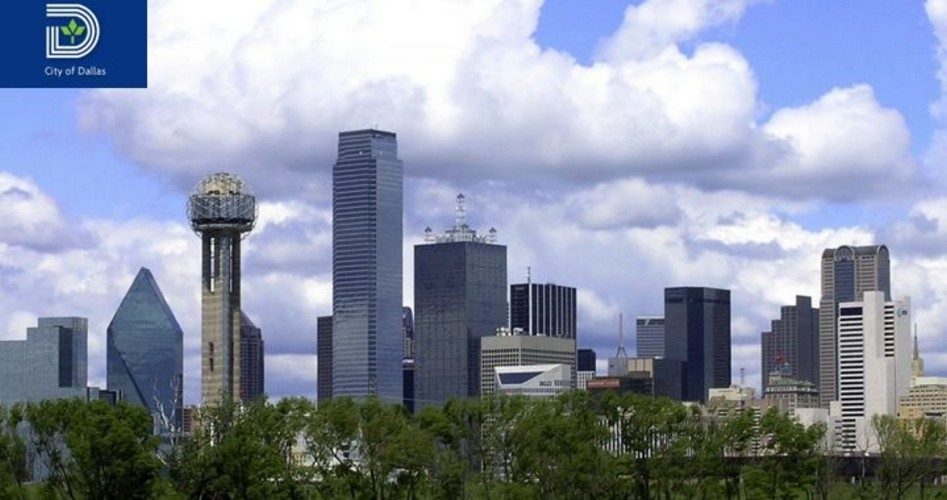
The New York Times just reported that the Dallas police and firefighters pension plan is $7 billion short of meeting its obligations and needs an immediate bailout of $1 billion just to stay afloat. The problem is that Dallas’ annual budget is $3 billion.
Three years ago Dallas wasn’t on anyone’s “watch” list. Barron’s worst 10 cities included Charleston, West Virginia; Omaha, Nebraska: and Portland, Oregon, but not Dallas. Pew Charitable Trusts identified nine cities in trouble, including Charleston, Chicago, Fargo, Jackson, Mississippi, and Little Rock, Arkansas. But Dallas didn’t make that list.
The Heartland Institute’s “watch” list of states with underfunded pension liabilities included Illinois, California, West Virginia, Oklahoma, and others, but not Texas. The think tank State Budget Solutions said the five most poorly funded states were Illinois, Connecticut, Kentucky, and Kansas, with Mississippi, New Hampshire, and Alaska tied for fifth. Again, Texas was nowhere to be found.
But in January Dallas’ pension plan trustees will open the 2017 legislative session with demands for $1 billion to keep the plan from defaulting. “It’s a ridiculous request,” said Dallas Mayor Michael Rawlings, but according to Moody’s, Dallas has more pension debt, relative to its balance sheet, than any other major American city except Chicago.
How did this happen? And why all of a sudden? The answer, predictably, goes back to a decision made by Dallas city council officials in 1993 to offer policemen and firefighters about to retire (at age 50, by the way) a bonus to stay on longer. The offer: a fully-funded side account, paid by the city, earning 8.5 percent interest, tax-deferred, if they would put off retiring for a few years. The assumptions made at the time were that the funds would come from two places: a five-percent annual growth rate in employment, which would bring in lots of new blood (and contributions), and a nine-percent annual rate of return on those contributions.
Neither of those assumptions panned out.
As shortfalls began showing up, the trustees started “reaching for yield”: investing in high-risk, high-profit potential “opportunities,” such as villas in Hawaii, a luxury resort in Napa County, timberland in Uruguay, farmland in Australia, and — best of all — the Museum Tower, a high-end luxury townhouse condominium in downtown Dallas.
At first the trustees just dipped a toe into the project: $20 million. But as the downtown Arts District flourished, the trustees upped the ante, doubling the height of the building and ending up funding the whole project for $200 million.
Two months ago a rumor surfaced that the trustees were going to stop allowing pensioners to take out their side accounts, and the rush for the exit was on: In six weeks more than $220 million was pulled from the faltering fund.
The usual solutions aren’t available. A raise in property taxes is out of the question due to caps. Borrowing by the city is limited, due to its now publicly exposed pension liability. Clawing back some or all of those $220 million in withdrawals isn’t seriously being considered, and delaying public works projects isn’t a solution, just a delay of the inevitable.
There appears to be just one option left: the Detroit option.
It’s just simple math that the city council and trustees have been ignoring or explaining away for years: One cannot earn nine percent in a one-percent world. Raising benefits without carefully planning how to pay for them eventually catches up. It’s called a reality check, only this check is going to bounce.
The intersection of overly generous benefits, unrealistic earnings, and “reaching for yield” has put Dallas — the city with the fastest growth rate of the nation’s 13 largest cities — on track to bankruptcy.
An Ivy League graduate and former investment advisor, Bob is a regular contributor to The New American magazine and blogs frequently at LightFromTheRight.com, primarily on economics and politics. He can be reached at [email protected].


